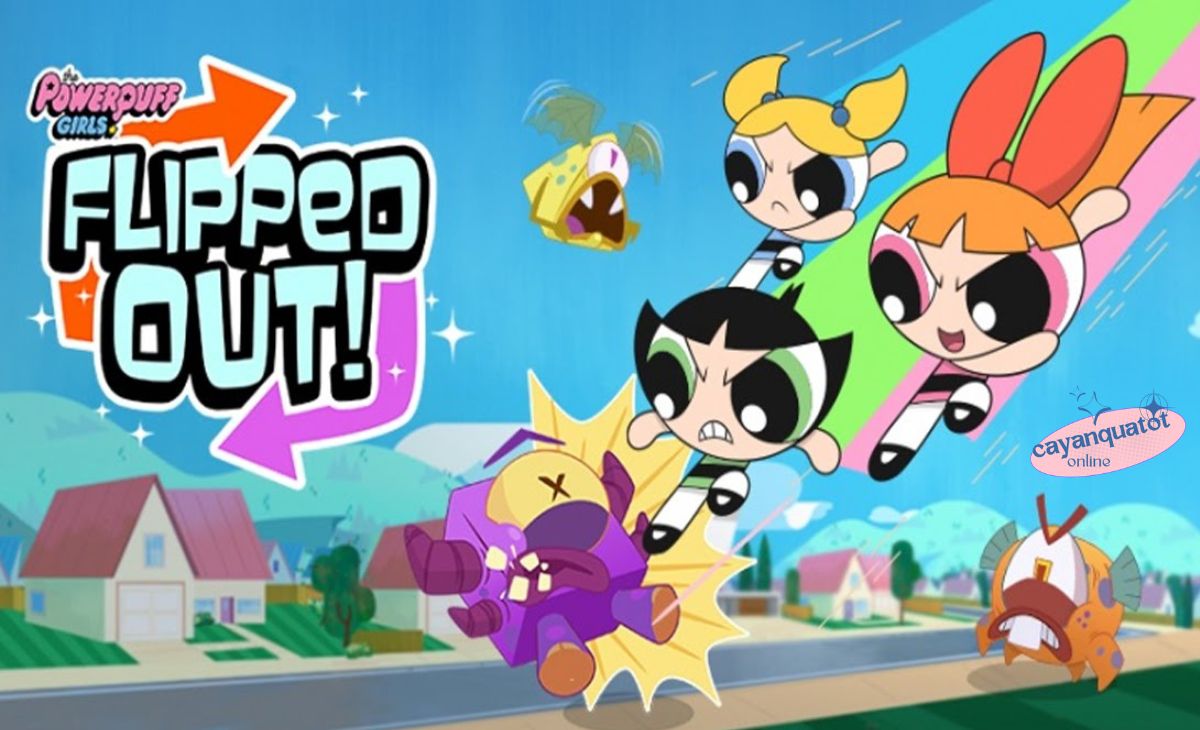Paint with Santa
Published on November 27, 2024

Ever wanted to create your own Powerpuff Girls adventure? This guide dives deep into the world of Powerpuff Girls games on Scratch, exploring how fans have used this visual programming language to bring the beloved cartoon to life. We’ll cover everything from simple platformers to complex RPGs, examining the coding techniques, game mechanics, and creative approaches used. For more on game development and other tech topics, visit cayanquatot.com.
Scratch is a visual programming language developed by the MIT Media Lab. Its drag-and-drop interface makes coding accessible to beginners, especially children and young adults. Instead of writing lines of code, users connect colorful blocks representing different commands and functions. This visual approach simplifies the learning curve, allowing users to focus on the logic and design of their programs. Scratch is particularly well-suited for creating interactive games, animations, and stories.
Scratch’s ease of use and versatility make it an ideal platform for creating Powerpuff Girls fan games. The visual nature of the language complements the vibrant and action-packed style of the cartoon. The readily available sprites (images) and sound effects related to the Powerpuff Girls further enhance the development process. The community aspect of Scratch also allows for collaboration and sharing of projects, fostering a creative environment for fans.
Many Powerpuff Girls games on Scratch utilize the classic platformer genre. These games typically involve navigating side-scrolling levels, jumping over obstacles, and defeating enemies. The Powerpuff Girls’ unique abilities, such as Blossom’s super speed, Bubbles’ sonic scream, and Buttercup’s brute strength, are often incorporated into the gameplay mechanics. Examples might include collecting items, rescuing Townsville citizens, or battling Mojo Jojo across various levels.
More ambitious projects incorporate role-playing game (RPG) elements. These games often feature character progression, skill trees, and branching storylines. Players might control one or all three Powerpuff Girls, leveling up their abilities, customizing their outfits, and making choices that affect the narrative. These games often require more advanced programming skills and a deeper understanding of game design principles.
Some Scratch projects focus on puzzle-solving mechanics. These games might involve matching tiles, solving riddles, or navigating mazes. The Powerpuff Girls’ personalities and powers could be integrated into the puzzle design, creating unique challenges and thematic consistency.
The creativity of Scratch users extends beyond these established genres. Some projects explore unique game mechanics, such as rhythm games, racing games, or even simulations of Townsville life. These innovative approaches showcase the versatility of Scratch and the imagination of its users.
The visual aspect of Scratch games is crucial, and sprite manipulation plays a vital role. Developers use pre-existing sprites or create their own to represent the Powerpuff Girls, their enemies, and the game environment. They employ various techniques to animate the sprites, creating movement, attacks, and other interactive elements. Understanding sprite manipulation is fundamental to creating engaging and visually appealing games.
Event handling is the process of making the game respond to user actions, such as keyboard presses or mouse clicks. In Powerpuff Girls games, this might involve making the character jump, attack, or move in response to user input. Scratch provides a straightforward system for handling events, making it relatively easy to create responsive and interactive gameplay.
Collision detection is essential for creating realistic interactions between different game elements. In a platformer, for example, collision detection ensures that the Powerpuff Girl character interacts correctly with platforms, enemies, and collectibles. Scratch offers built-in functions for detecting collisions, simplifying the implementation of this crucial game mechanic.
Many games incorporate scorekeeping and game progression systems. This might involve tracking the number of enemies defeated, items collected, or levels completed. These systems add depth and replayability to the game, encouraging players to improve their skills and strive for higher scores. Scratch provides tools for creating variables and managing game data, simplifying the implementation of these features.
The Scratch website features a vast library of user-created projects. To find Powerpuff Girls games, use relevant keywords in the search bar, such as “Powerpuff Girls,” “PPG game,” “Townsville,” or the names of individual characters. You can also explore the “Explore” section of the website to discover projects based on various categories and themes.
Once you’ve found a few Powerpuff Girls games, take some time to explore their features and gameplay. Read the project descriptions to understand the game’s mechanics and objectives. Pay attention to the visual style, the level design, and the overall user experience. Consider factors such as the game’s complexity, its length, and its overall enjoyment.
Scratch encourages community participation and collaboration. You can remix existing projects, modifying their code and adding your own creative touches. This is a great way to learn from other developers and build your own skills. You can also create your own original Powerpuff Girls games, sharing your creations with the Scratch community and inspiring others.